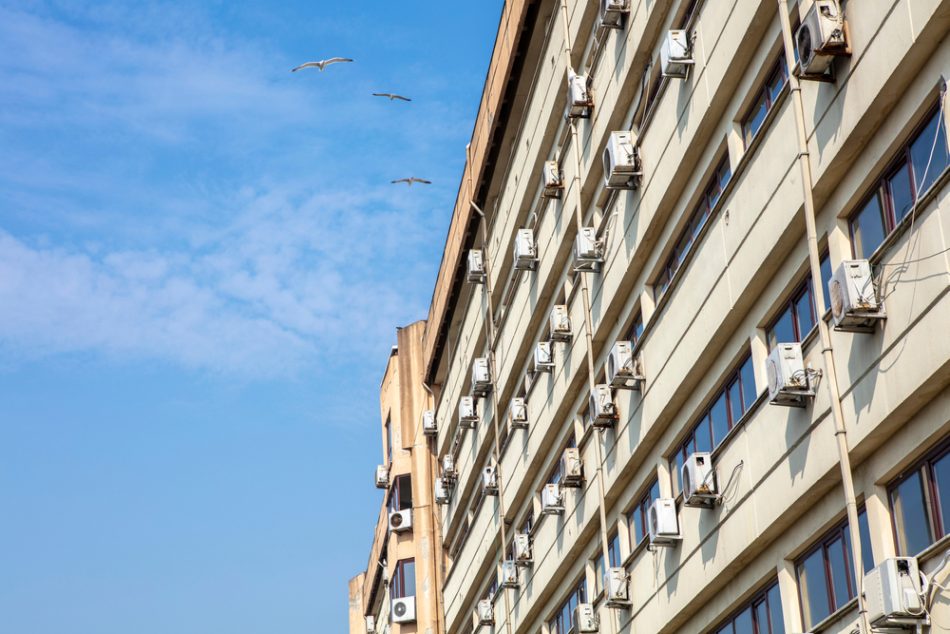Air conditioners are among the world’s hungriest energy consumers, and as the planet becomes warmer and the demand for cooling systems increases, the strain on the environment from air conditioners is only expected to grow.
In a bid to find a way to passively cool our buildings, researchers at the University at Buffalo have developed a new prototype hybrid device that can not only do the job without using electricity but can also capture solar energy to heat water.
The new technology taps into existing radiative cooling systems, which use panels made of materials that absorb heat from an indoor space and then emits it away towards the sky. So far though, these technologies have struggled to maximize the materials’ cooling capabilities.
That’s because the thermal emitter panels were typically positioned like a solar panel, facing the sky. But the team on the new study says that’s not the most efficient method — since the panels emit heat from both sides, in that position some of the heat is being emitted back towards the ground.
To solve that problem, the researchers positioned the thermal emitter vertically, between a pair of mirrors arranged in a V shape. Once the mirrors absorb the heat, they then reflect it in the form of infrared waves up into the sky.
“Since the thermal emission from both surfaces of the central thermal emitter is reflected in the sky, the local cooling power density on this emitter is doubled, resulting in a record high-temperature reduction,” said study lead author Qiaoqiang Gan.
In experiments, the team demonstrated that the device was able to reduce the temperature inside a test unit by more than 12°C (22 °F) under direct sunlight, and by more than 14 °C (25 °F) in a simulated nighttime test.
As an extra bonus, some of the heat absorbed by the mirrors can be put to good use, which in the study was to heat water to 60 °C (140 °F). The team says the device could help reduce the costs and environmental burden of our current cooling systems, which remain one of the biggest consumers of electricity.











